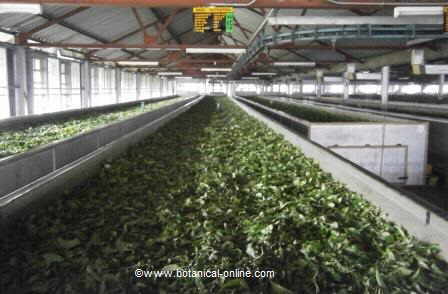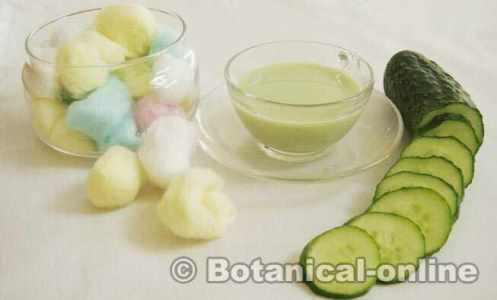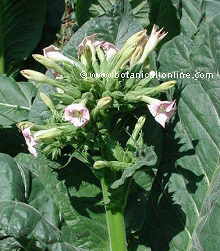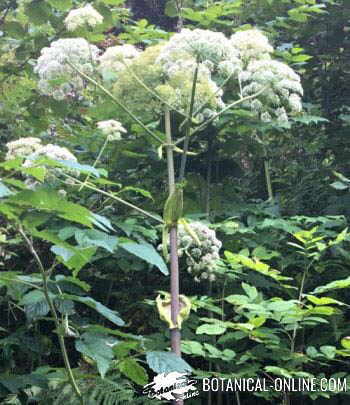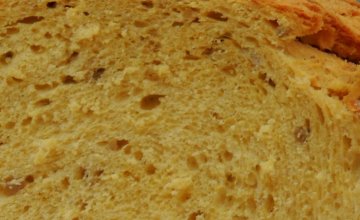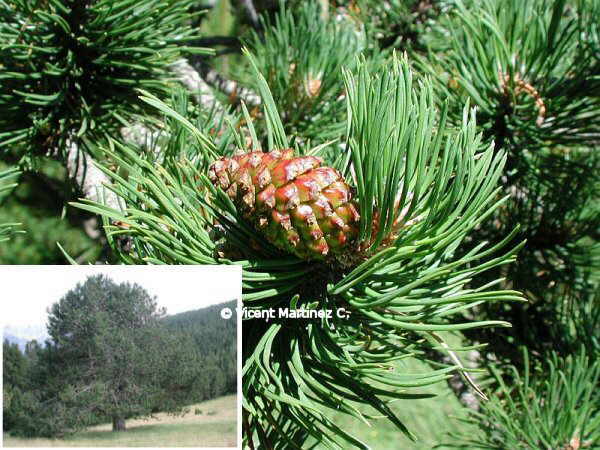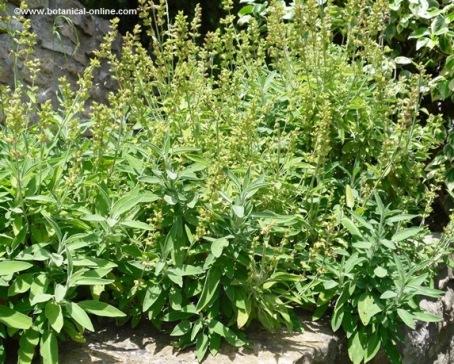Contents
Medieval recipe: Fig burnia with sugar and rose petals
What is the recipe for burnia?
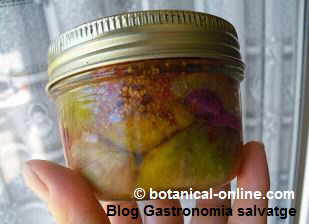
Fig burnia with rose petals is a recipe from the Middle Ages, first reported in the Llibre de Coch (the Book of Coch), a recipe book written in old Catalan.
This book describes the type of food of those times, which was more wild, spiced or perfumed, and where some ingredients such as rose petals were common, but which have currently fallen into disuse.
The first edition of the book dates from 1520 and its author is Rupert de Nola or Mestre Robert, who according to some historians, could have been the cook at the Court of King Ferdinand I of Aragon, King of Naples (1458 to 1494).
A búrnia or albúrnia is a type of small, pear-shaped clay pot, that is, with a protuberance at the base. It is easy to understand why this preparation was called búrnia. Búrnia is the type of container that was used to put the mixture and store it, although nowadays we have glass jars that are much better.
Ingredients for fig burnia
- Dried figs
- Petals of a thousand-petal rose (Rosa centifolia) (The recipe refers to red roses, not including the white part, which is cut with scissors)
- Sugar
Preparation of fig burnia
This is a very simple recipe:
- In a glass jar, place a layer of fresh rose petals, with the white part cut away.
- Add a layer of sugar.
- Place a base of figs on top and crush them by pressing gently with a mortar or a spoon.
- Repeat the operation until the glass jar is full.
- According to the original recipe, it is left to macerate for 15 – 20 days (in the refrigerator).
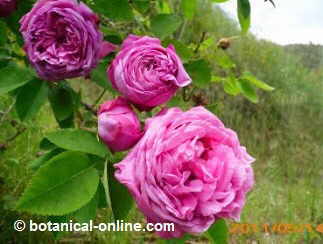
Maceration causes the aromas of roses to mix with the sweetness of figs, resulting in an exceptionally sweet and delicious combination. It can be eaten for breakfast, dessert or as an afternoon snack, similar to jam.
Being a dry recipe (it does not contain foods with water, since the figs are dried) and with a lot of sugar (preservative), it withstands the maceration time well without deteriorating, as long as it is kept in the refrigerator.
If the recipe is made with fresh figs, approximately half as much sugar as figs should be added for preservation.
Original recipe for fig burnia
The recipe is written in old Catalan:
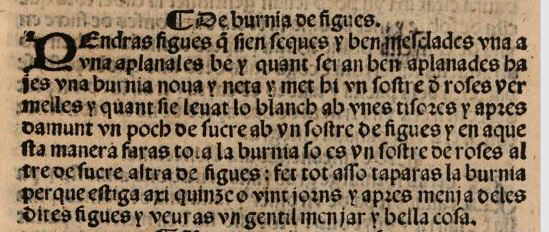
Recipe translation: You will take figs that are dry and well mixed, one by one you flatten them well and when they are well flattened, you take a new and clean burnia [A burnia was a type of container] and put a layer of 8 red roses in it when the white part has been removed with scissors and then on top a little sugar with a layer of figs and in this way you will make the whole burnia. It’s just a layer of roses, another of sugar and another of figs: Once all this is done, you will cover the burnia so that it remains like this for fifteen or twenty days and then eat the figs and you will see a nice meal and a beautiful thing.
Recipe courtesy of Montserrat Enrich from the blog: Gastronomia salvatge.
![]() More information on recipes and properties of wild plants.
More information on recipes and properties of wild plants.
17 August, 2024

